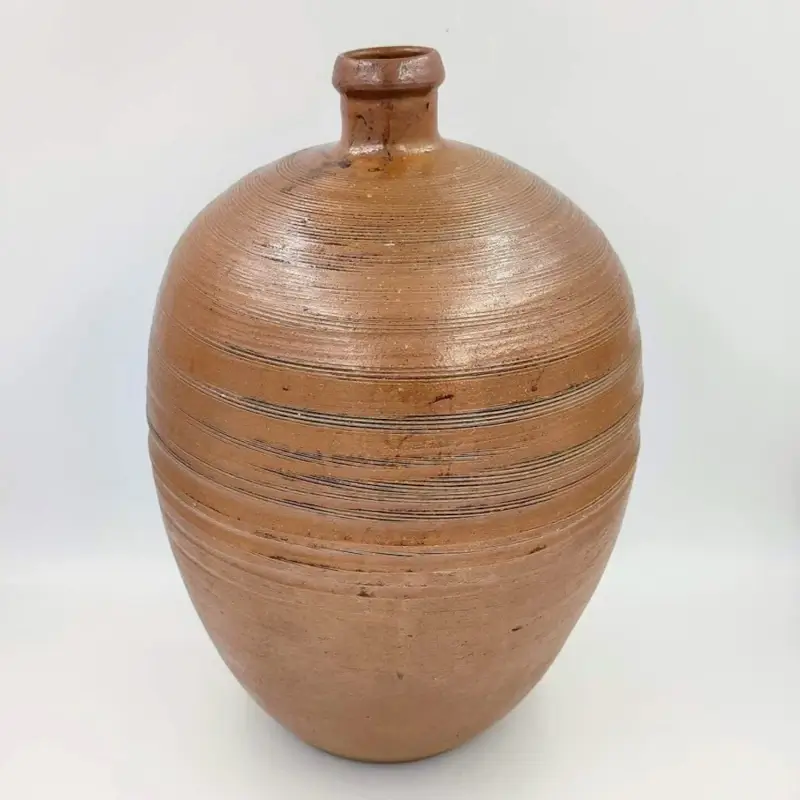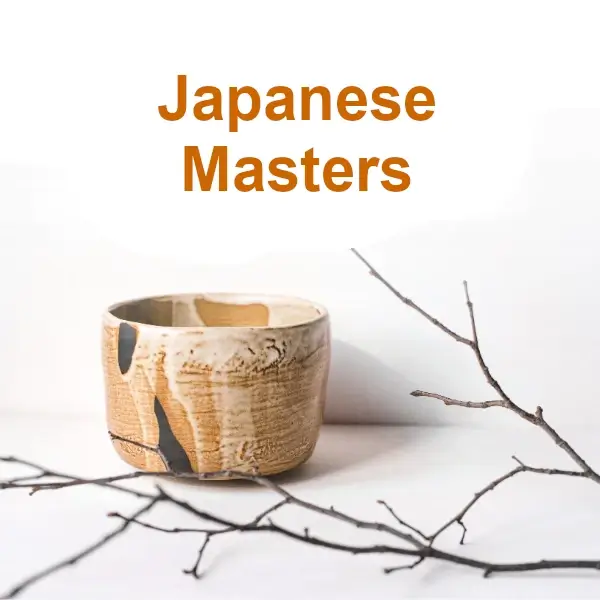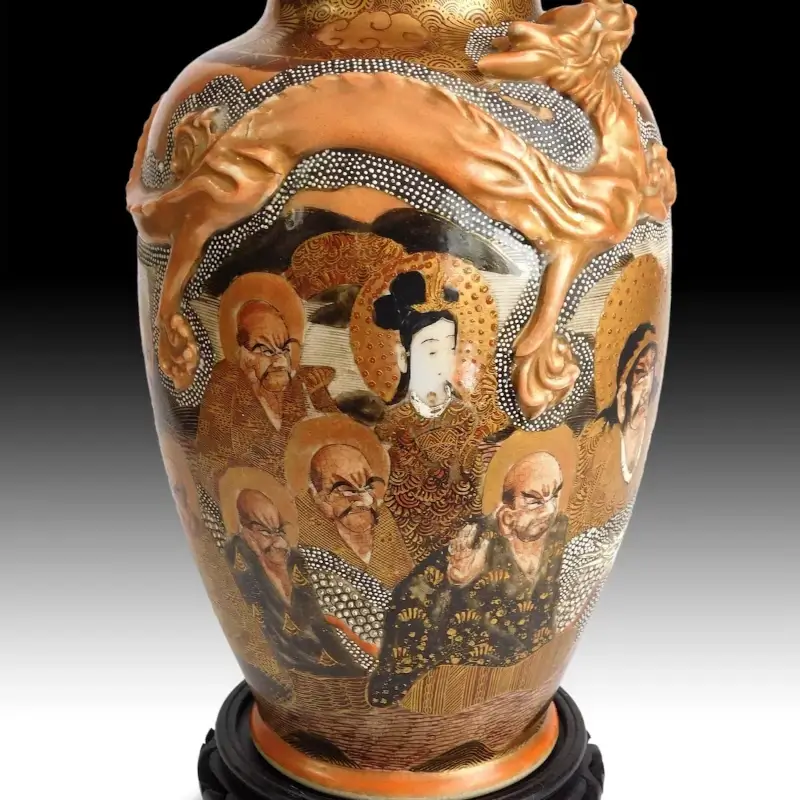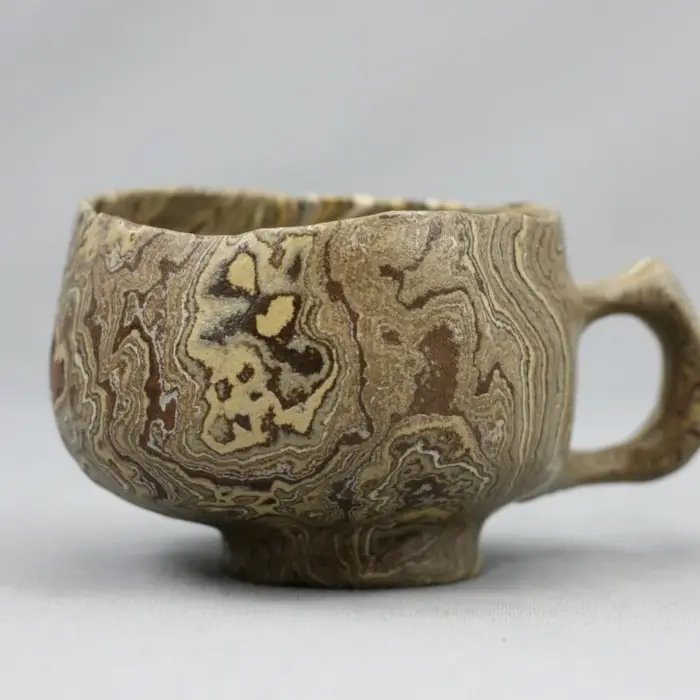Tamba Ceramics: Centenary Japanese Art
Tamba Pottery, also known as Tamba-Tachikui, is an artistic expression that encapsulates the rich culture and deep history of Japan. Located in Hyōgo Prefecture, this art form is distinguished by its simplicity, unique colors and textures that speak of direct contact with the natural elements during its creation process.

Origin of Tamba ceramics
The history of Tamba ware dates back to the end of the Heian period (794-1185), establishing it as one of the Six Ancient Ceramics of Japan. Initially known as Onohara-yaki, Tamba ware evolved over time, especially during the Edo period (1603-1868), when lift kilns (such as the Anagama kiln ) were introduced and techniques such as the use of the potter’s wheel and the application of ash and iron glazes became popular.
How Tamba ceramics are made
What makes Tamba Ceramics unique is its natural glaze, resulting from the burning of pine wood, creating the vitrification by melting the components contained in the clay at temperatures close to 1300°C.
This process creates distinct patterns and tonalities in each piece, marked by the contact with the flames in the kiln. The Shinogi technique, which consists of creating grooved patterns on the surface of the pieces, is another distinctive feature of this ceramic, providing a warmth and a simple but profoundly aesthetic design.

This piece and the cover piece are by Stoneware Treasury
A particularity of Tamba Pottery is the use of potter’s wheels that turn counterclockwise, a rarity in the world of ceramics.
Each Tamba artist manages the entire process, from the preparation of the clay to the final firing, which gives each piece a unique character.
News of the tamba -yaki
Today, Tamba pottery is valued not only for its aesthetic beauty and functionality but also as a symbol of Japan’s rich craft tradition. Around 60 kilns in and around the Konda region continue to produce this pottery, keeping alive a tradition that has been recognized as one of the oldest in Japan.
Tamba Pottery is not only a testament to Japan’s rich ceramic tradition, but also a reminder of the value of handmade craftsmanship in our modern lives. With each piece, the artisans of Tamba continue to tell the story of their culture, technique and art through the centuries.
The best works in Japanese ceramics




